Between Games Personalities
I've been coaching for over three decades, and have coached many hundreds of players between games. It's always interesting to see the different way players act at this time. Here's a rundown of how 16 different players (half adults, half juniors, mostly top players) were like between games when I coached them. (I'm mixing in both current players and players from farther back, so don't assume these are current players. I'm using past tense for all, including current players.) I'd rather not give out their names, not even via private email, especially for the ones who were not particularly good between games.
Adult A: Very enthusiastic and determined. He always had something important to ask between games, such as whether I thought he should use this serve more, or this receive, or this type of placement. He liked to focus on finding ways to lock down the opponent by taking away his strengths with serve & receive.
Adult B: A very quiet player, he'd listen carefully to whatever I said, and then expand on it with a few brief points. If he thought there was something important I hadn't mentioned, he'd bring it up. He was very good at adjusting to changing circumstances. I probably talked more in depth tactically with this player than any others, as he was able to remember everything I said. With him, I'd often suggest several things on serve, receive, and rallying tactics, and he had no trouble absorbing it all. I coached him as a junior as well, and he was the same then.
Adult C: This player listened to every word I said, often with eyes wide like every word was a revelation. He then went out to the table and always did exactly what I said. If circumstances changed, he'd continue to do it. He was "great" at following instructions, but tended to take them literally and wasn't able to think for himself at the table.
Adult D: This player would come to the side and immediately tell me exactly what he was doing, often in great detail, and what he needed to do differently. He mostly used me as a sounding board. After he was through talking, I'd comment briefly, mostly on the things he thought he needed to do differently.
Adult E: This player was downright argumentative, often arguing against almost anything I'd suggest. One time I finally said, "If you don't think these tactics will work, what do you suggest?" He thought for a moment, then said that my tactics would be the best possible, but still didn't think he could win. Ironically, the more negative he was, the more he seemed to win. The few times he was confident, he'd play poorly.
Adult F: This player was a nervous wreck, and really unable to handle anything but simple tactics. I made a rule to suggest one thing on serve, one thing on receive, and one thing on rallies, and keep it at that. The rest of the time we'd talk about ways to relax, such as the idea of putting all your nervousness into a ball and giving it to me to hold on to.
Adult G: This player truly liked to discuss tactics between games. The umpire often had to call "Time!" to get us back to the table. He was almost bubbly over the various tactics we'd discuss.
Adult H: I could rarely get a word in edgewise. He'd come to the sideline and literally go into a rant about what he was doing. He was actually good tactically, and I'd just listen, knowing that this was his way of re-enforcing what he needed to do. At the end, I'd make a few suggestions, he'd quiet down and clear his mind for the next game, and then go play.
Junior A: An impatient player, I sometimes felt I had to lasso him to get him to stay as he was always impatient to start the next game. If I paused between sentences he'd start to walk back to the table, and I'd have to say "I'm not done!" He was very good tactically in rallies, with great shot selection and placement, but tended to do the same simple serve and passive receives over and over. I constantly had to remind him to vary the serve and be aggressive on serve return, especially against long serves.
Junior B: He always had a game plan, and was extremely focused on finding ways to win. If he detected a weakness in his opponent, he wanted to go after it relentlessly. He was rather creative tactically, especially with his serve. Since he always knew what he was doing, I let him tell me his thoughts first, and then I'd expand on them. Some other coaches had declared him "uncoachable" because he didn't seem to listen to them, but that was because they tried telling him what to do without first hearing his own game plan, and he'd tended to shut them out of his mind because of that.
Junior C: A very nervous and often negative player in tournaments. Whether he won or lost the last game, he'd come over and start talking about how bad he was playing, how he didn't think he could win, etc. Coaching him was mostly getting him to relax and let his training take over. Tactically, he was difficult to coach since his mind tended to blank out at the table. No matter what you told him to do between game, he'd forget it at the table. For example, I'd suggest he use a particular serve, and he'd almost always forget. After the match I'd point it out and he'd look surprised and say "Oh yeah!" Then he'd get negative about how he might have won if he'd played smarter.
Junior D: A very nervous player, he often had a "deer in the headlights" look during a match, and rarely played as well in tournaments as practice. He was good tactically, but under pressure couldn't execute well. Often he'd play great tactics and dominate, and then at the end miss a series of easy balls and lose.
Junior E: This player would never say a word, but followed instructions well. She'd never have anything to say, but she'd remember exactly what serves to use, what receives, etc. Originally she was a poor tacticians, but as she got older she became smarter and smarter, though she still never said much between games.
Junior F: This kid was hilarious. He was always smiling, but was very nervous on the inside. So between games we'd briefly discuss tactics, and then I'd tell him to just close his eyes and blank out his mind. This worked for him. (I actually use this with a number of other players as a way to clear their minds before play, but with this player it became a ritual, with eyes closed, etc.)
Junior G: This player looked like he was in a constant panic attack. Between games I kept it incredibly simple, normally only suggesting perhaps a specific serve (he wouldn't remember much else anyway), and then spent the rest of the time talking about the latest movie. He knew I was just trying to get him to relax, and he'd play along, and it worked for him.
Junior H: It was usually kind of pointless coaching this kid. He was very good, but played mindlessly, and never really learned to make adjustments at the table. With him I had to limit myself to perhaps suggesting a specific serve to use, and sometimes that would get through to him. Usually he'd forget and I'd bring it up again after the next game. Ironically, he won a major title once by calling a time-out near the end of the last game in a match, walked over, and said, "Larry, what was that serve you wanted me to use?" I reminded him, and he went out and used it to win the match.
ITTF World Hopes Week - Coaches
Here's a video (3:56) from the ITTF World Hopes Week in Falkenberg, Sweden, where Slovenia coach Dr. Miran Kondric lectures coaches on proper movement. The exercise he puts the coaches through is rather funny. Perhaps the best part is near the end when you realize the Hopes kids (all about 11-12 years old) are all watching the coaches going through these antics.
PingSkills Footwork Video
Here's the latest coaching video from PingSkills: Footwork Basics (4:04)
Designer's Table Tennis Obsession
Table Tennis Nation brings you the latest news on designer Stuart Weitzman and his table tennis. (Make sure to click on the "ping pong apartment" link.)
The Emerald City Table
Apparently they are playing table tennis in the Wonderful World of Oz.
***
Send us your own coaching news!



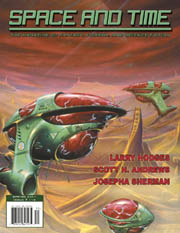
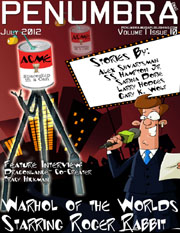

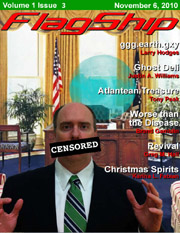

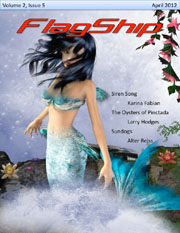
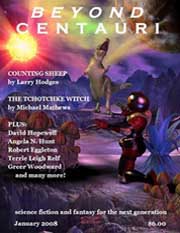
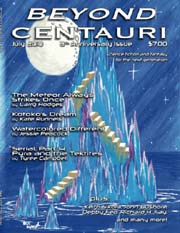

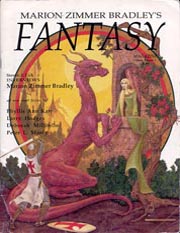

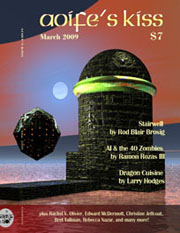
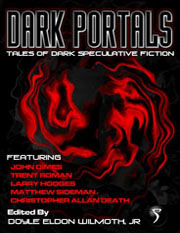




Re: June 22, 2012
Larry,
Could you explain the differences in the mechanics of hitting a Bh drive of underspin vs a Bh loop of underspin.
Although there are lots of descriptions and videos of backhand looping against underspin I have not been able to find much on the Bh drive of underspin. If you know of any good web resources on the subject I would appreciate hearing about them.
Mark
Re: June 22, 2012
With a backhand loop you take a much longer backswing, stroke more upward, and graze the ball for maximum topspin. Usually you take the ball on the drop, though some take it close to the top of the bounce, and sometimes even on the rise. You can find lots of videos of this on youtube.
For a backhand drive against backspin, you use essentially a regular backhand drive, except you stroke a bit more upward. Contact isn't flat, but you hit the ball into the sponge at an angle to create topspin. Contact is on the rise or top of the bounce. This used to be a popular shot at all levels, but these days top players do it mostly against a short backspin (i.e. a backhand flip), and these days it is mostly being replaced at the higher levels by the "banana backhand" where players go over the table and backhand loop mostly with their wrist, creating both topspin and sidespin.